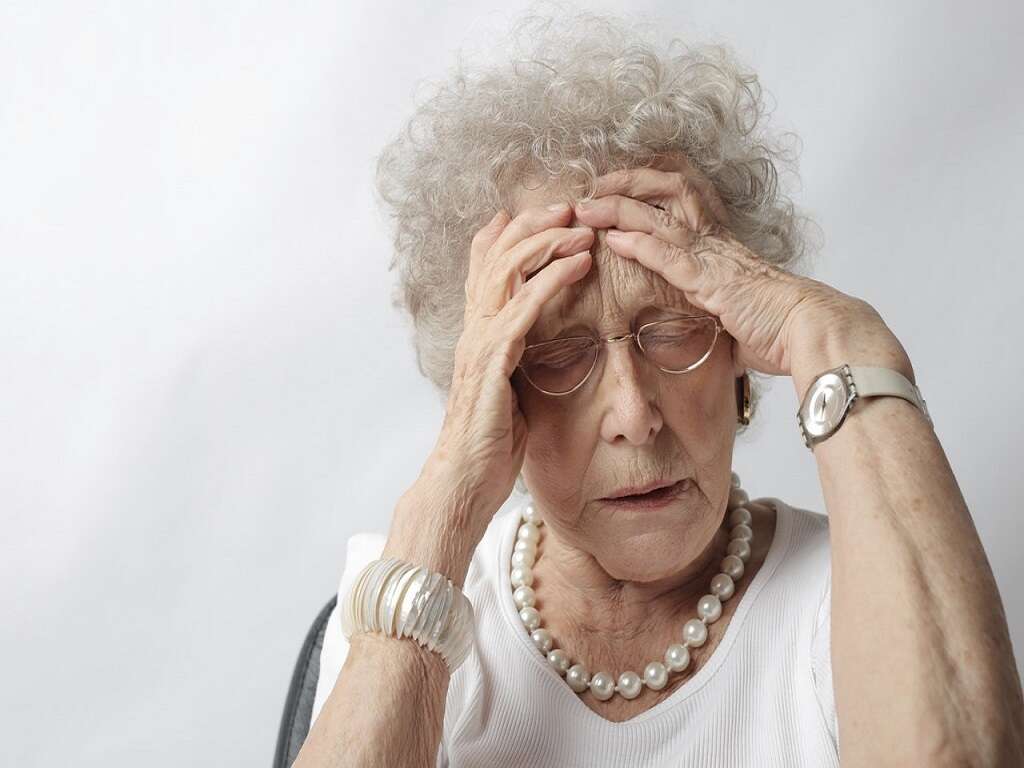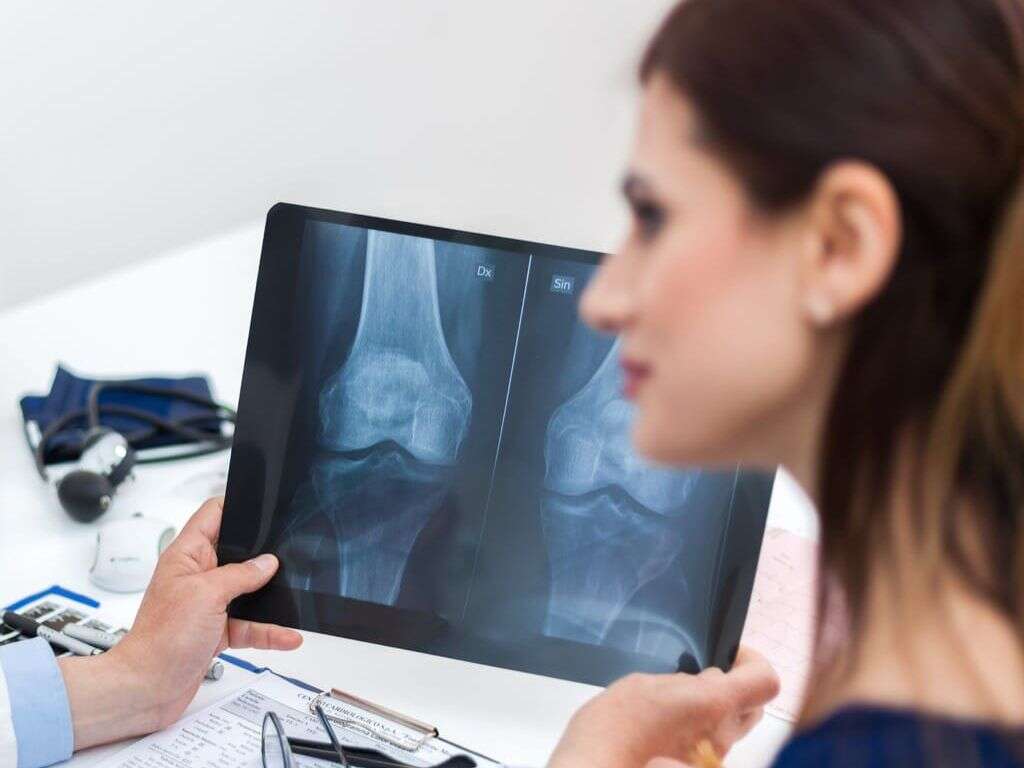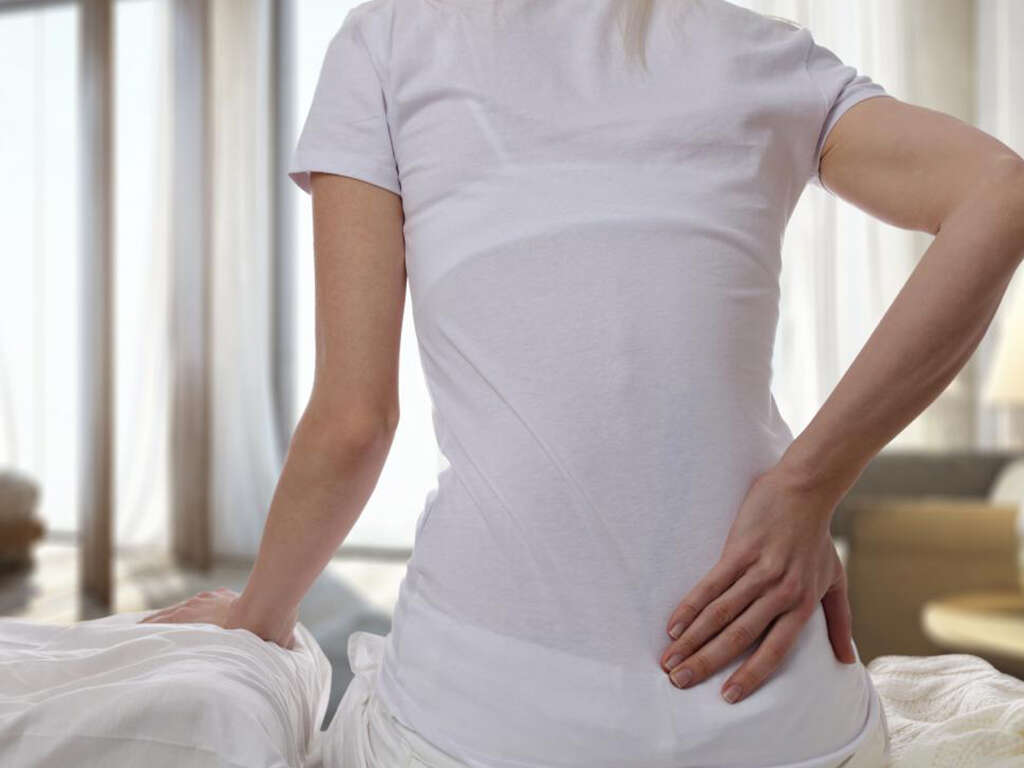10 Osteopenia Symptoms
 Article Sources
Article Sources
- 1. 'Osteopenia: When you have weak bones, but not osteoporosis.' _Harvard Health_, www.health.harvard.edu/womens-health/osteopenia-when-you-have-weak-bones-but-not-osteoporosis.
- 2. 'Oral Health and Bone Disease.' _National Institutes of Health_, www.bones.nih.gov/health-info/bone/bone-health/oral-health/oral-health-and-bone-disease.
- 3. 'What Is Osteopenia? Causes, Symptoms and Treatment.' _HSS Playbook Blog_, www.hss.edu/playbook/what-is-osteopenia-causes-symptoms-and-treatment/.
- 4. 'Osteopenia and Osteoporosis: The Difference.' _Menopause Now_, https://www.menopausenow.com/osteoporosis/articles/osteopenia-and-osteoporosis-the-difference.
- 5. 'OSTEOPENIA - Symptoms, Causes, Risk Groups, Prevention and Treatment.' _Ecosh Life_, https://ecosh.com/osteopenia-symptoms-causes-risk-groups-prevention-and-treatment/.
Osteoporosis is one of the most common conditions related to the aging process, affecting more than half of the senior population. Osteopenia is the process that precedes osteoporosis. It involves the skeletal bones becoming thinner and more brittle due to the loss of calcium, and it often occurs without any obvious symptoms.1‘Osteopenia: When you have weak bones, but not osteoporosis.’ Harvard Health, www.health.harvard.edu/womens-health/osteopenia-when-you-have-weak-bones-but-not-osteoporosis.
However, there are signs of low bone mineral density and the likelihood of having osteopenia. Paying attention to the signs and symptoms of weakened bones from the outset can prevent many trips to the doctor’s office. These are the early indications of thinning bones.
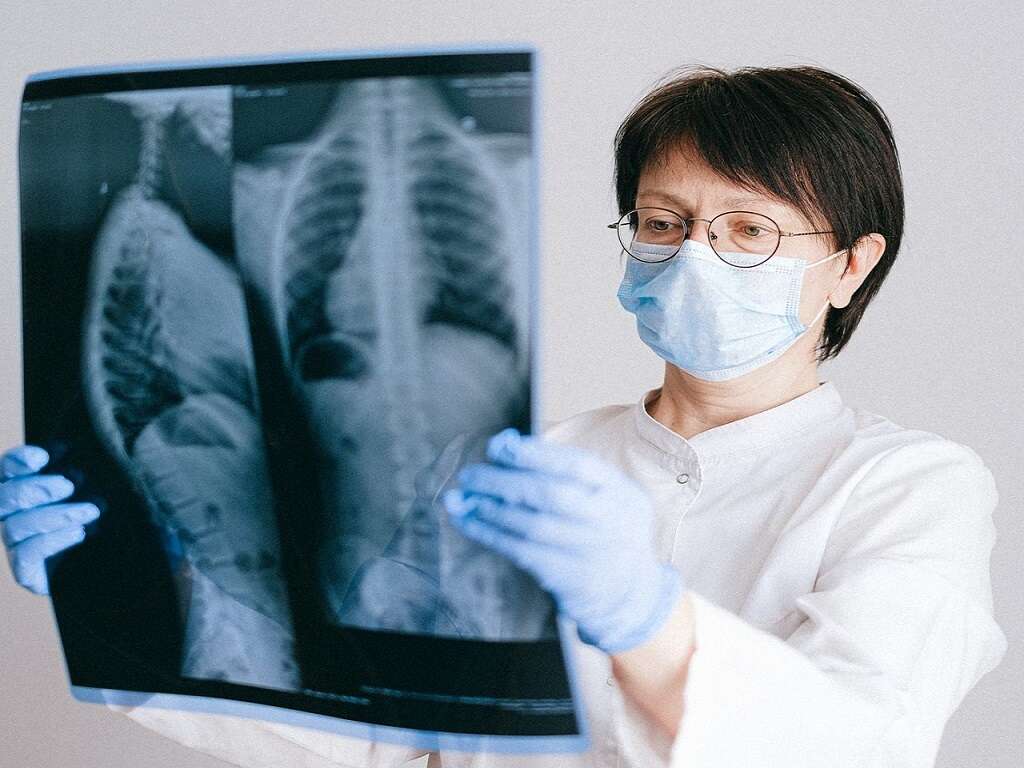
1. Brittle Fingernails
Nutrition and the hormonal changes caused by menopause are often to blame for brittle fingernails. Unstable estrogen levels also cause dry skin, thinning hair and affect bone density. Recent studies indicate a correlation between weakened fingernails and osteopenia, and nail health may be an indicator of the state of bone strength.
Nails that split easily, break, have ridges and show signs of dryness are all indicators of poor nail condition. However, nails can also be adversely affected by immersion in water, gardening and the use of strong cleaning fluids, all of which need to be taken into account when evaluating nail health.

2. Close Relatives with Osteoporosis
The medical history of a family’s older adults can be a strong indicator of the state of an individual’s bone health. If senior family members had poor posture, fractures and diminished stature, it is likely they had osteoporosis.
Although osteopenia has very few symptoms, a weak posture and fractures are signs that the bones could be thinning. It is always best to make an appointment with a doctor to obtain a diagnosis if osteopenia is suspected.
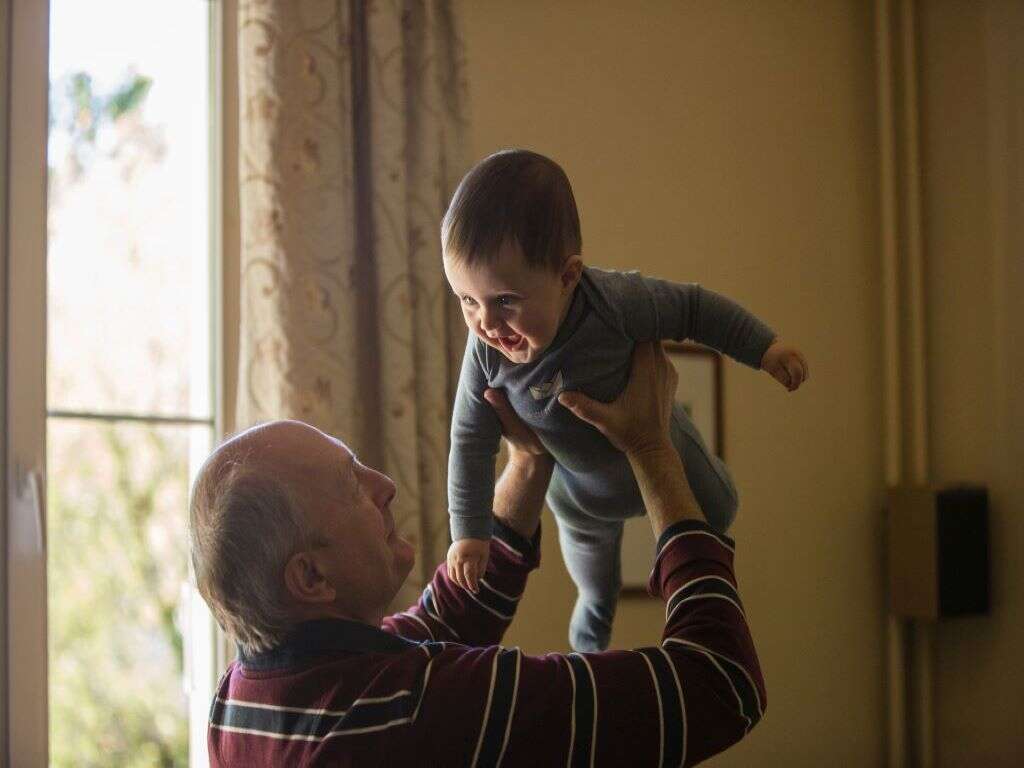
3. Receding Gums
There are a number of causes of receding gums, and one of the most common is bone loss, especially in the elderly. Teeth are attached to the jaw bone, and when the jaw begins to lose density the gums often begin to recede.
Bone loss in the jaw can be a strong indicator that the bone density of the rest of the skeleton has also deteriorated.2‘Oral Health and Bone Disease.’ National Institutes of Health, www.bones.nih.gov/health-info/bone/bone-health/oral-health/oral-health-and-bone-disease. Pay attention to any changes to the gumline, and speak to a dentist about any concerns.
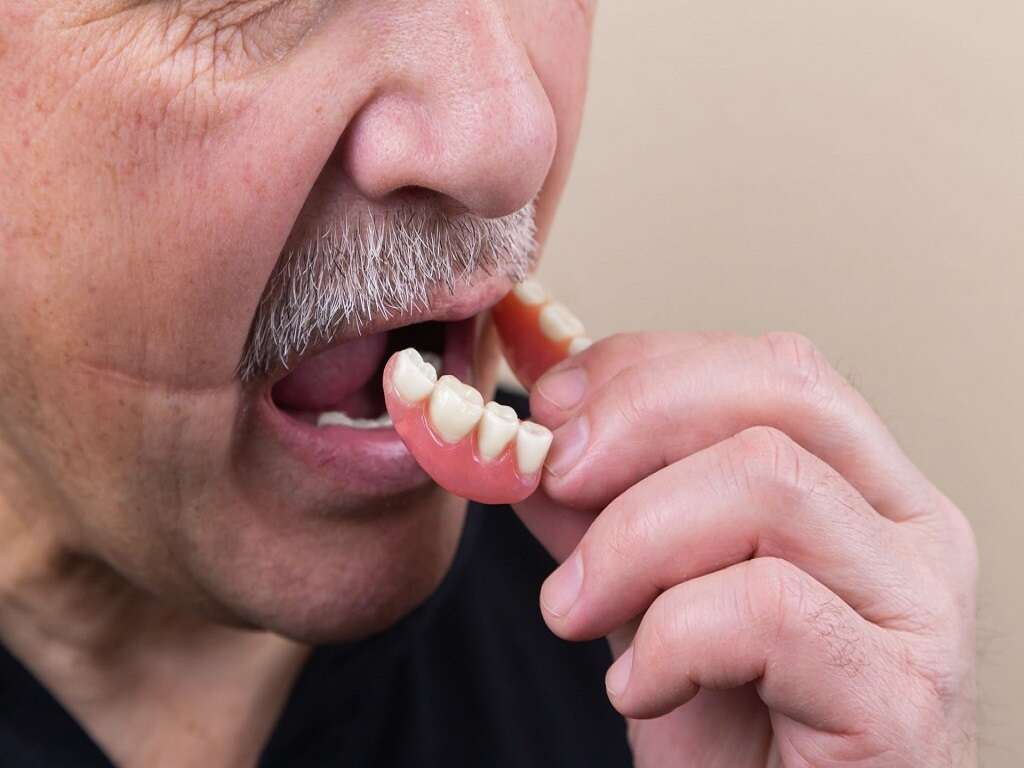
4. Poor Posture
A curvature of the spine close to the shoulders is often caused by fractures in the bones of the spine. Those with osteopenia are more likely to suffer these fractures, as bone loss in the spine can result in fractures under circumstances where very little effort is exerted, such as picking something up off the floor.
Experiencing a number of these fractures or losing height over a short period is an indication of a problem in the bones of the spine.
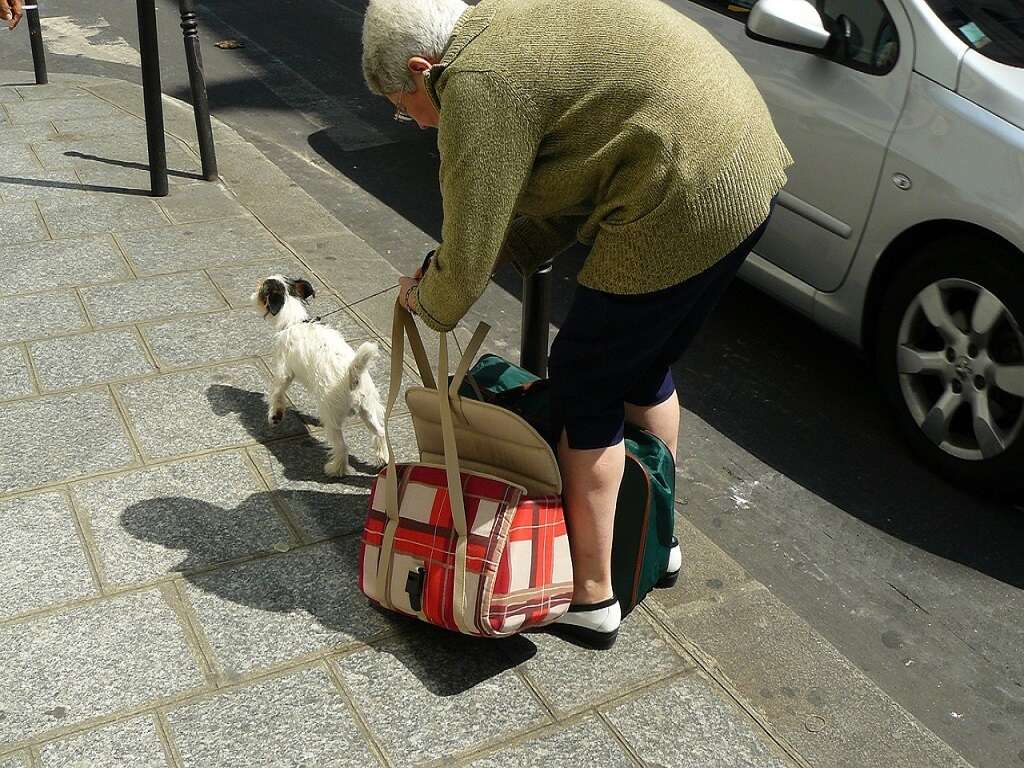
5. Bone Fractures
Fractured bones are often the first indication that an individual may have osteopenia. As the bones of people with the condition are fragile, it can require nothing more strenuous than putting a foot wrong when stepping off a staircase to cause a fracture.3‘What Is Osteopenia? Causes, Symptoms and Treatment.’ HSS Playbook Blog, www.hss.edu/playbook/what-is-osteopenia-causes-symptoms-and-treatment/.
Bone injuries are also likely to be far more serious, due to the bones being weaker than normal. A bone density test can confirm osteopenia and should be requested from a doctor if there are signs of easy fracturing.
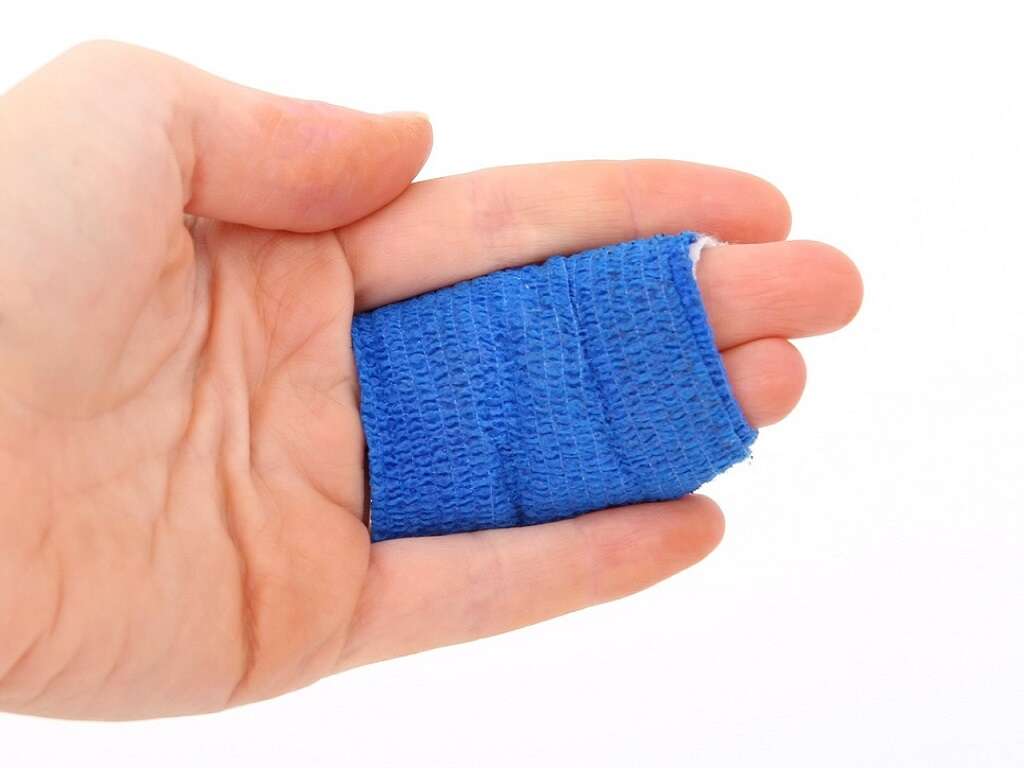
6. Height Loss
Loss of height often occurs together with poor posture. This isn’t always an indication of a loss in bone density, but it can be a symptom of muscle weakening. However, as the spine and surrounding muscles function in tandem and are equally affected by a gain or loss of strength, a loss in muscle strength can lead to a loss in bone strength.
A significant loss in height can also be an indication of a fracture of the vertebrae, which may occur without any symptoms.

7. Decreased Fitness
A general decline in physical strength is often an early precursor to osteopenia. Weakened muscles, loss of balance and difficulty performing activities that require physical exertion are warning signs that bone density is likely to have declined along with general fitness.
Exercise at any age or state of health can do a lot to improve the loss of muscular strength. Resistance and weight-bearing exercise can also greatly improve muscle strength and bone density.
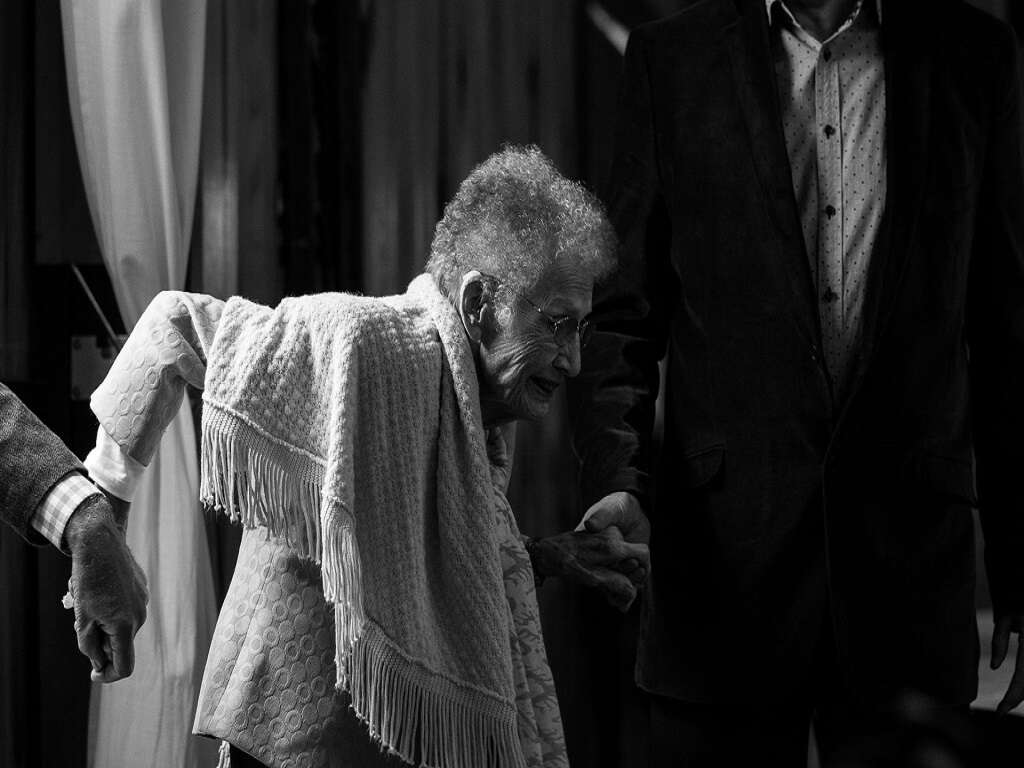
8. Irregular Periods
Missed and irregular periods are typically caused by low levels of estrogen, and low estrogen is a direct contributor to loss of bone density. During and after menopause, estrogen, which maintains bone strength, decreases rapidly and can lead to bone loss.4‘Osteopenia and Osteoporosis: The Difference.’ Menopause Now, https://www.menopausenow.com/osteoporosis/articles/osteopenia-and-osteoporosis-the-difference.
Women who regularly miss periods, exercise very strenuously, have polycystic ovary disease or have an eating disorder are also susceptible to lower estrogen levels, which can have a direct effect on their bone mass.

9. Weakened Grip Strength
Jars are typically difficult to open, but if they seem increasingly tight it could indicate a lack of bone strength, rather than a fault on the manufacturer’s end.
The strength of an Individual’s grip can be an indicator of general bone strength, and studies have shown a link between grip strength and bone density.5‘OSTEOPENIA - Symptoms, Causes, Risk Groups, Prevention and Treatment.’ Ecosh Life, https://ecosh.com/osteopenia-symptoms-causes-risk-groups-prevention-and-treatment/. A weak grip often correlates with a brittle spine and hips, but practicing weight-bearing exercise can dramatically improve bone density and grip strength.
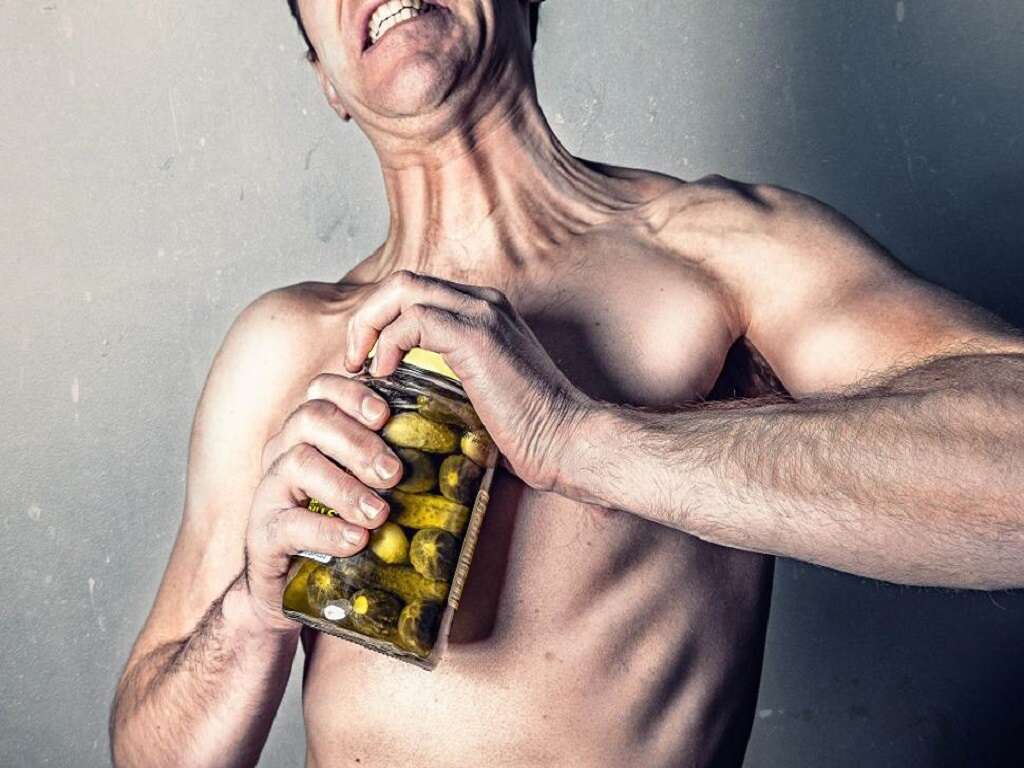
10. Frequent Aches and Cramps
Aches and pains often go hand-in-hand with aging, but the discomfort associated with osteopenia and osteoporosis is sometimes greater than the general pains associated with aging.
Vitamin D deficiency also plays a role in back pain, while a decrease in activity levels can also cause muscular pain, stiffness and cramps in the legs. Regular exercise, including walking, pilates and dancing, can greatly increase muscle strength while taking supplements, such as calcium and magnesium, can also alleviate many of these symptoms.
